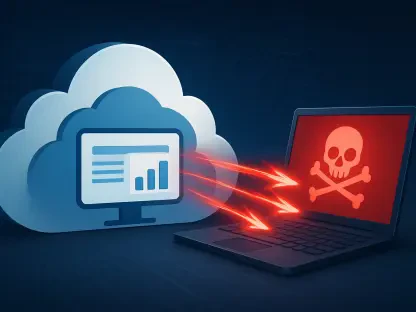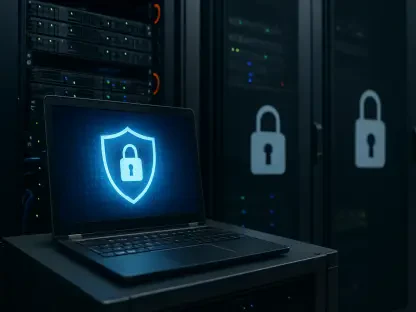In a rapidly evolving digital landscape where cyber threats morph in complexity daily, organizations grapple with whether their security programs serve as strategic assets or mere cost centers. The pressing question hangs over IT departments: should efforts and resources aim only to meet compliance and tick regulatory boxes, or should they underpin core business operations and drive value? In addressing this, the narrative is shifting from viewing security as an obligatory shield against impending cyber threats to recognizing it as an integral component of an organization’s strategic framework. This transformation is underscored by the roles these programs play in safeguarding critical assets, protecting data integrity, and, fundamentally, maintaining business continuity. Security strategies are increasingly expected to align with broader company goals, emphasizing their potential to add significant value when managed effectively.
Crafting Security Programs as Strategic Assets
Developing an effective security strategy involves more than just technological investments; it requires a nuanced understanding of organizational needs and a forward-thinking approach to risk management. This perspective aligns with Mike Benjamin’s insight at Capital One, who advocates treating security programs like products that evolve and deliver value. Such programs should be viewed as essential, uniting distinct operational domains under a common vision that propels the organization forward. The challenge lies in maintaining a delicate balance between leveraging technological resources and optimizing human workflows. Application security, for example, necessitates vigilant protection without impairing business efficiency. The ambition is to devise strong and dynamic frameworks capable of swiftly responding to new threats while remaining unobtrusive.
Achieving this demands leaders who are not only technically adept but also possess the acuity to forecast and adapt to potential programmatic pitfalls. A successful security leader recognizes when a strategy has gone awry and understands how to pivot, avoiding the trap of attempting to universally satisfy all stakeholders at the expense of strategic coherence. The complexity of security architectures necessitates precision in the selection and integration of technologies. With myriad security tools available, the ability to discern their true contributions to an organization’s overarching defense is critical. When functionalities overlap, inefficiencies can arise, emphasizing the need for judicious technology adoption that complements rather than complicates existing systems.
Embracing Technological Shifts and Challenges
Security programs must continuously adapt as they face a landscape fraught with technological evolution and emerging threats. A growing trend is the movement towards passwordless authentication systems, driven by the industry’s quest to overcome weak password habits—a notorious weak link. The evolution to passwordless security, though full of potential, is not devoid of hurdles. Capital One’s experience with passwordless technologies reveals challenges inherent in transitioning to new systems. Integrating elements like X.509 certificates and FIDO2 passkeys requires navigating hardware capabilities and vendor-specific policies, like those presented by Apple’s management of private keys. The transformation allows risk mitigation but requires robust change management and user awareness initiatives to ensure smooth adoption and operation.
Simultaneously, the notion of reducing the attack surface by centralizing resources within a cloud ecosystem continues to gather momentum. AWS, for instance, offers a model that involves creating smaller, compartmentalized accounts to minimize exposure. While theoretically sound, implementing such a model introduces governance complexities. With scaled-down segments, breaches potentially carry less impact due to reduced attacker access, yet effective governance demands vigilance. Properly managed Identity Access Management roles and automated tracking play crucial roles in reinforcing these strategies. The push for consolidation exemplifies a commitment to agility, ensuring security measures are both effective and seamless in their deployment.
Future Considerations for Security Programs
Crafting a robust security strategy requires more than investing in technology; it necessitates a deep comprehension of organizational needs and a proactive approach to risk management. This philosophy echoes Mike Benjamin’s views at Capital One, who advocates considering security programs as evolving entities that deliver value, akin to products. These programs should be perceived as indispensable, merging various operational sectors under a unified vision that propels progress. The challenge lies in balancing the use of technological resources with the optimization of human processes. For instance, application security demands vigilant protection that doesn’t hinder business efficiency. The goal is to create resilient frameworks capable of swiftly addressing new threats while staying unobtrusive. Leaders must be technically proficient with the foresight to anticipate and adapt to potential issues. Recognizing when strategies falter and knowing how to adjust is crucial. The complexity of security systems requires precise tech integration, discerning true contributions amid available tools, and avoiding overlapping inefficiencies.









